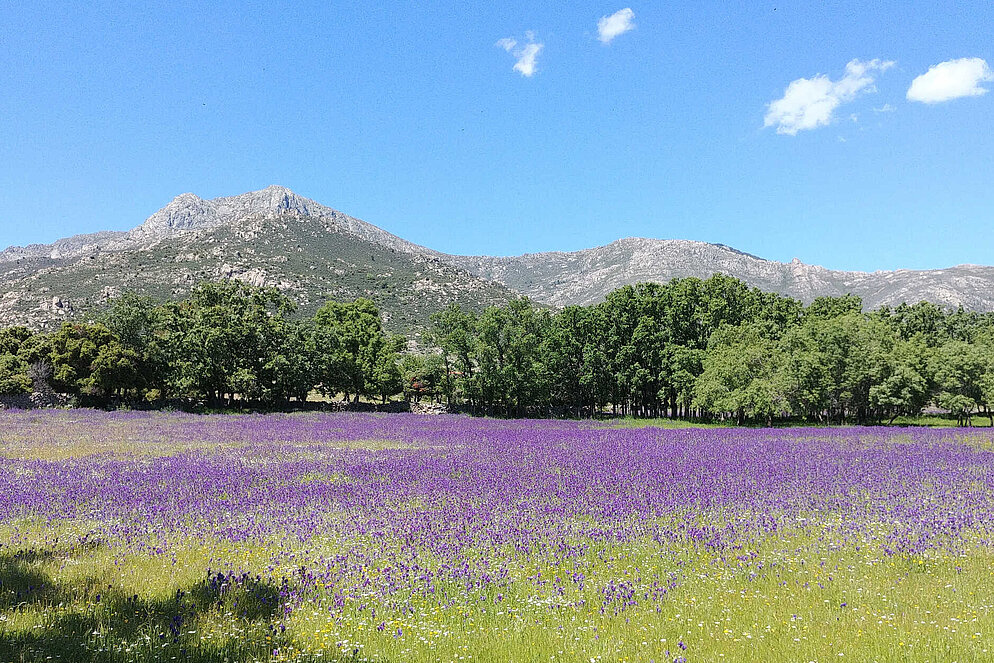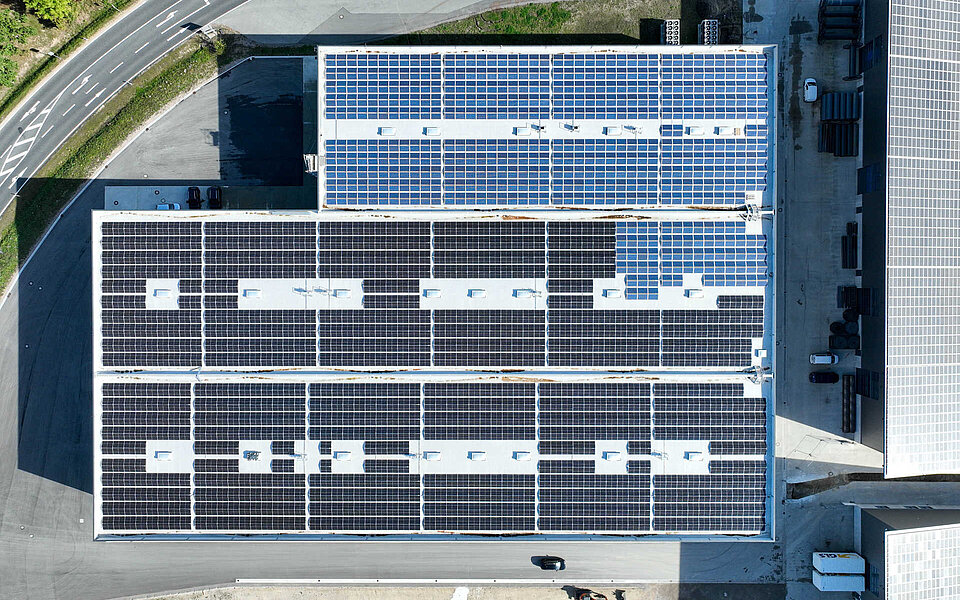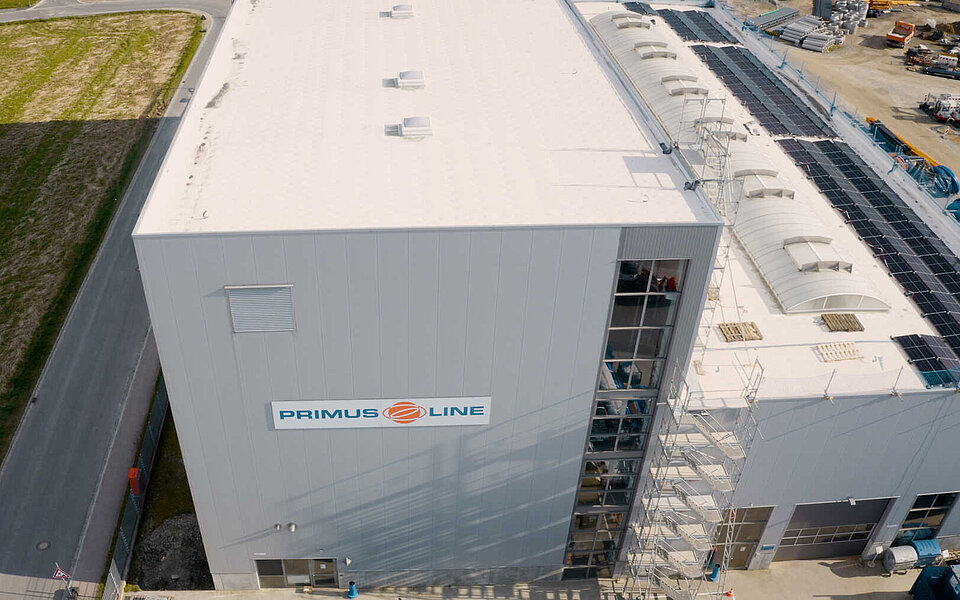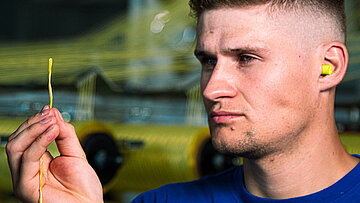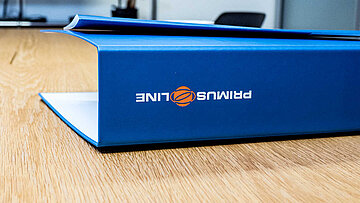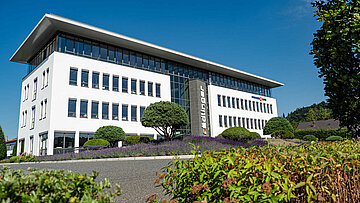
Sustainability
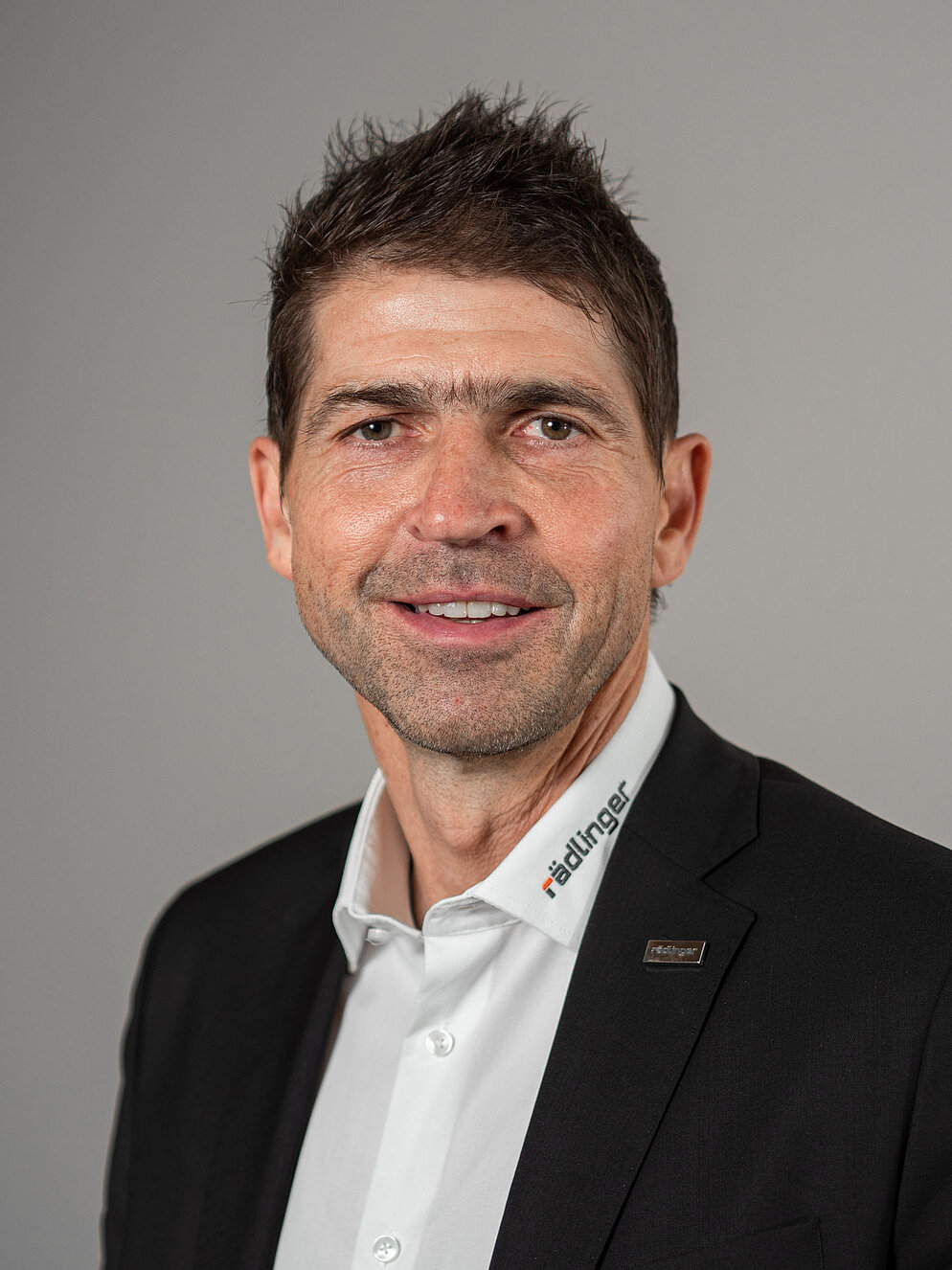
For me personally, sustainability is a key concern. Our aim is not only to deliver the highest quality with every meter of liner we produce, but also to constantly reduce our carbon footprint.
With the trenchless process, we are also helping to conserve valuable water resources and minimize losses in the network. Together, we are making a positive contribution to our environment and future generations.
Werner Rädlinger, Owner
GHG inventory
Excerpt from the greenhouse gas inventory
| Scopes | Description | tCO2e |
|---|---|---|
| Scope 1 | Direct emissions | 365 |
| Scope 2 | Indirect and upstream emissions | 355 |
| Scope 3 | Indirect, upstream and downstream emissions(Purchased goods and services 4,351 tCO2e Other Scope 3 emissions 1,356 tCO2e) | 5,707 |
The analysis and differentiation of the Primus Line data and the conversion of the emissions into CO2 equivalents (CO2e) results in the following greenhouse gas (GHG) inventory for 2023*:
* determined by the independent external service provider ERCE
6,427 tCO2e
This corresponds to an output ...
of about 1,816 EU households
– which is less than 0.001 per cent of all EU households
of around 8.5 full return flights
from Munich to New York.
Comparison
Trenchless technology versus open trench
One of our partners has calculated the carbon footprint based on a project: The rehabilitation of a 2,296 foot long 16 inch drinking water pipeline with trenchless technology in comparison to open trench.
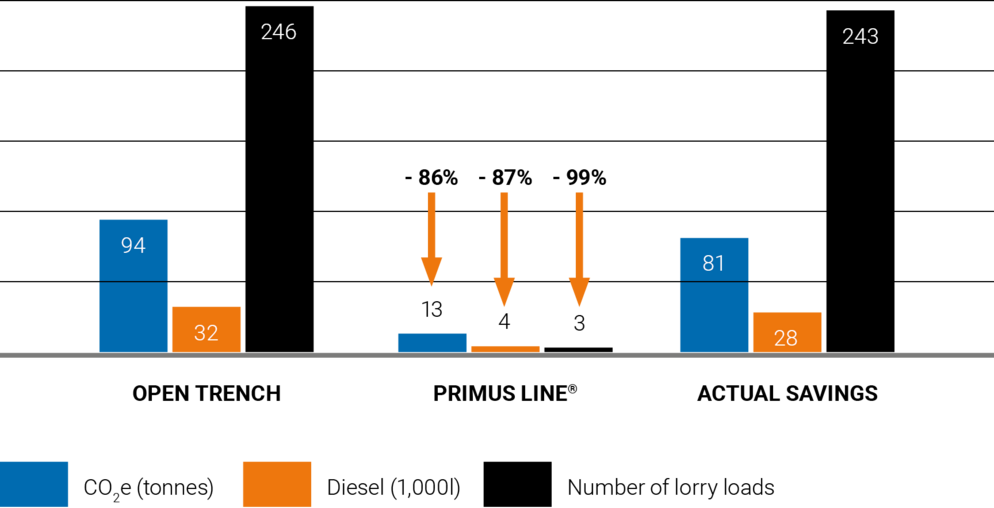
This analysis revealed a significant reduction in carbon emissions of around 86 %. These savings can be attributed to significantly less truck (lorry) loads (minus 99 %) and a considerably lower fuel consumption (minus 87 %) in the use of constructions machinery for digging construction pits.
The Carbon Calculator from the North American Society for Trenchless Technology (NASTT) provides helpful guidance for your own calculations.
Energy management
For an active energy management in accordance with ISO 50001, a twelve-member energy team at the Werner Rädlinger Group continuously identifies measures to improve energy efficiency. The central objectives are to continuously save energy and increase energy self-sufficiency in order to become less dependent on fossil fuels.
This has already resulted in a specific energy saving of 20 per cent from 2022 to 2023 in relation to turnover.
Moreover, the company wants to identify and qualify suppliers with a lower footprint – if this is possible. Currently, only a few suppliers have prepared their GHG inventory.
Current facts
Measures already realised
- 85 vehicles in the fleet; 30 of them e-cars
- 25 e-charging stations at the facility
- Replacement of electric and diesel forklifts with more efficient electric forklifts
- 205 kWp output of the new photovoltaic system on the production building in Weiding. Own utilisation is around 22%. The remaining electricity is currently made available to the public grid.
- 800 kWp output of the new photovoltaic system on the new warehouse in Chammünster. Own utilisation is around 42%. The remaining electricity is currently made available to the public grid.
- 4.35 MWp outpout of all photovoltaic systems belonging to the Werner Rädlinger Group including grid feed.
- Heat recovery and heat pump technology for in-house energy utilisation in the Primus Line logistics halls.
TRENCHLESS PIPE REHABILITATION
How does Primus Line® technology contribute to greater sustainability?
Primus Line® is an environmentally orientated and emission-saving technology for the rehabilitation of pipelines. The trenchless method reduces impacts on the environment as well as noise, fine dust and greenhouse gas emissions to a minimum.
